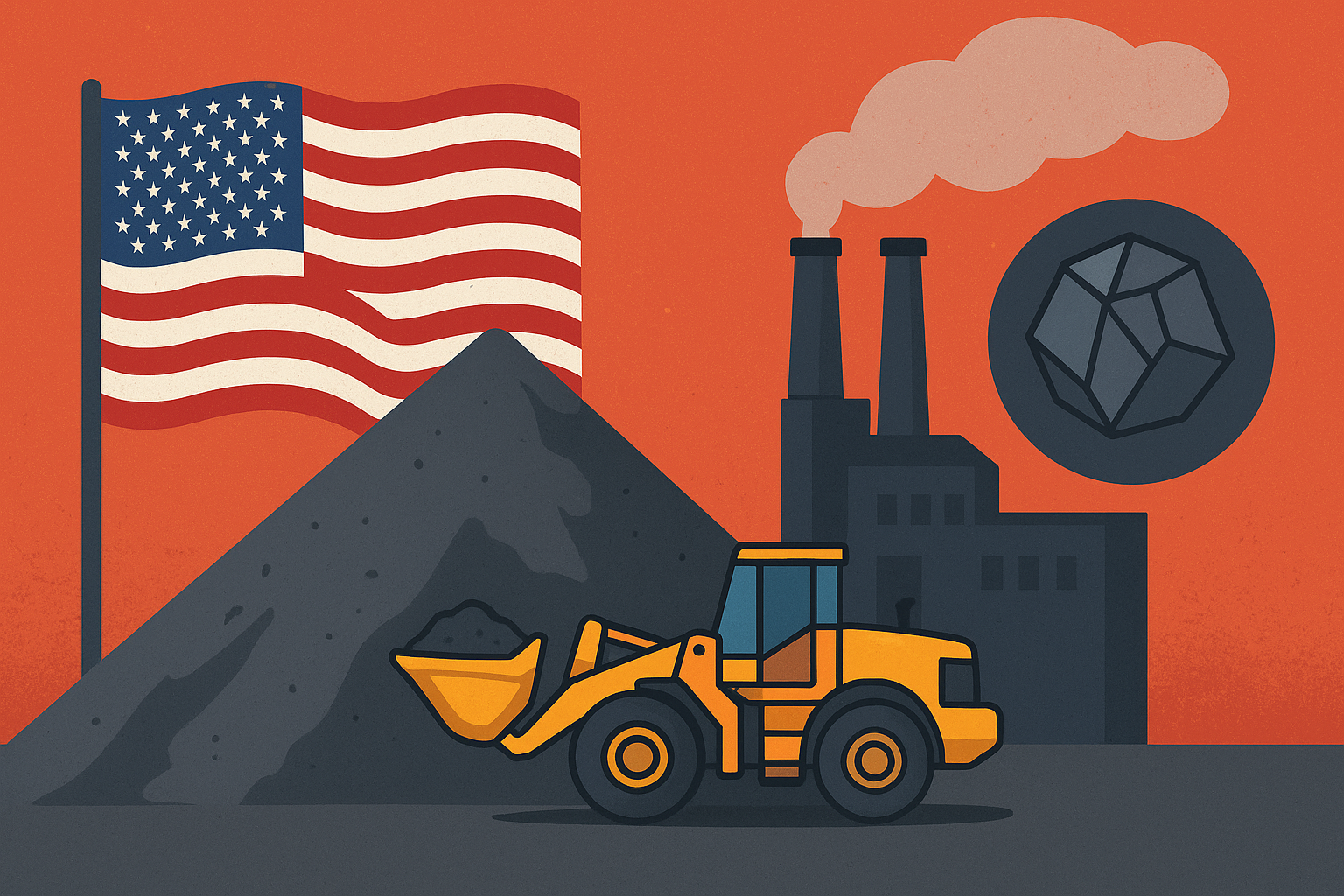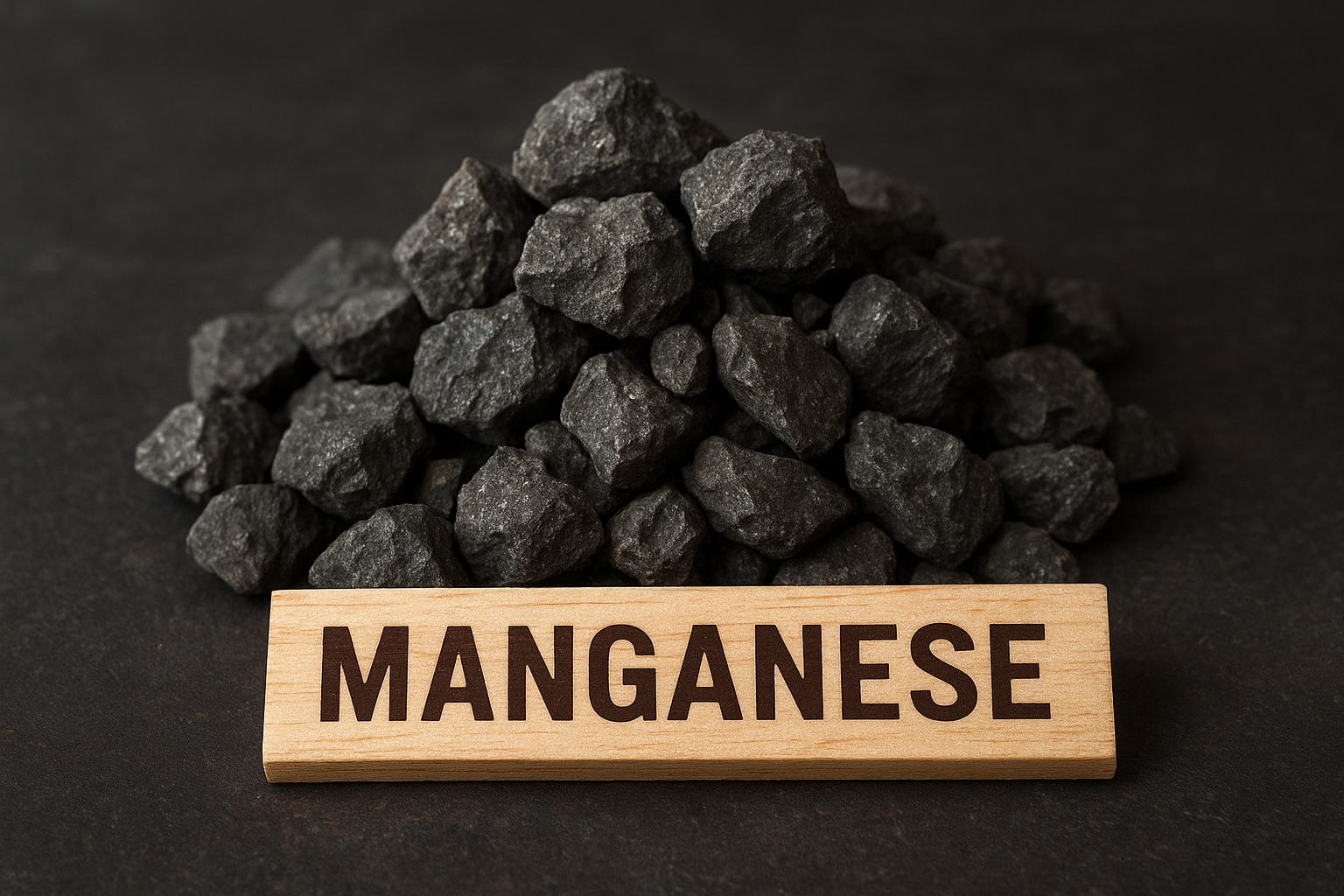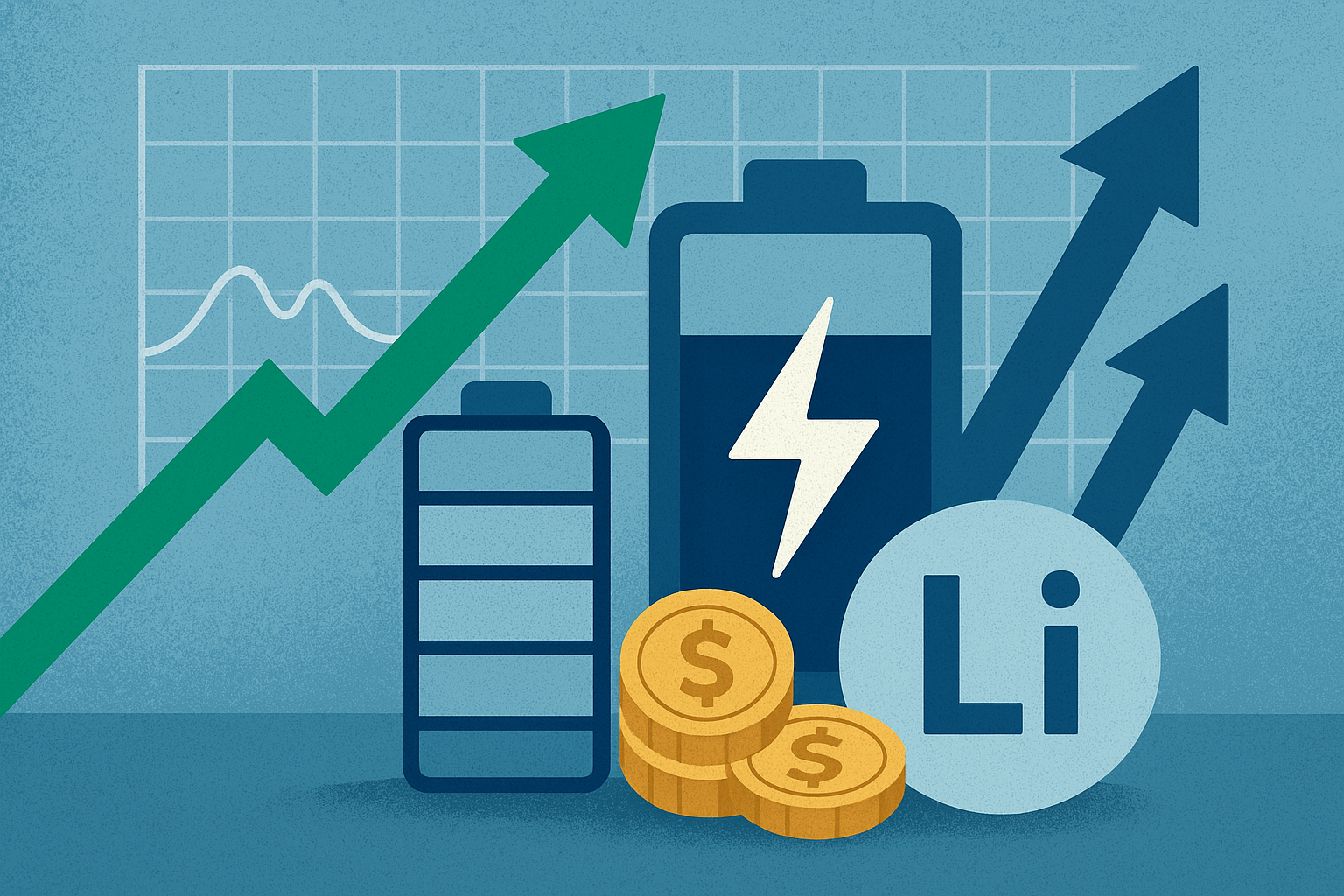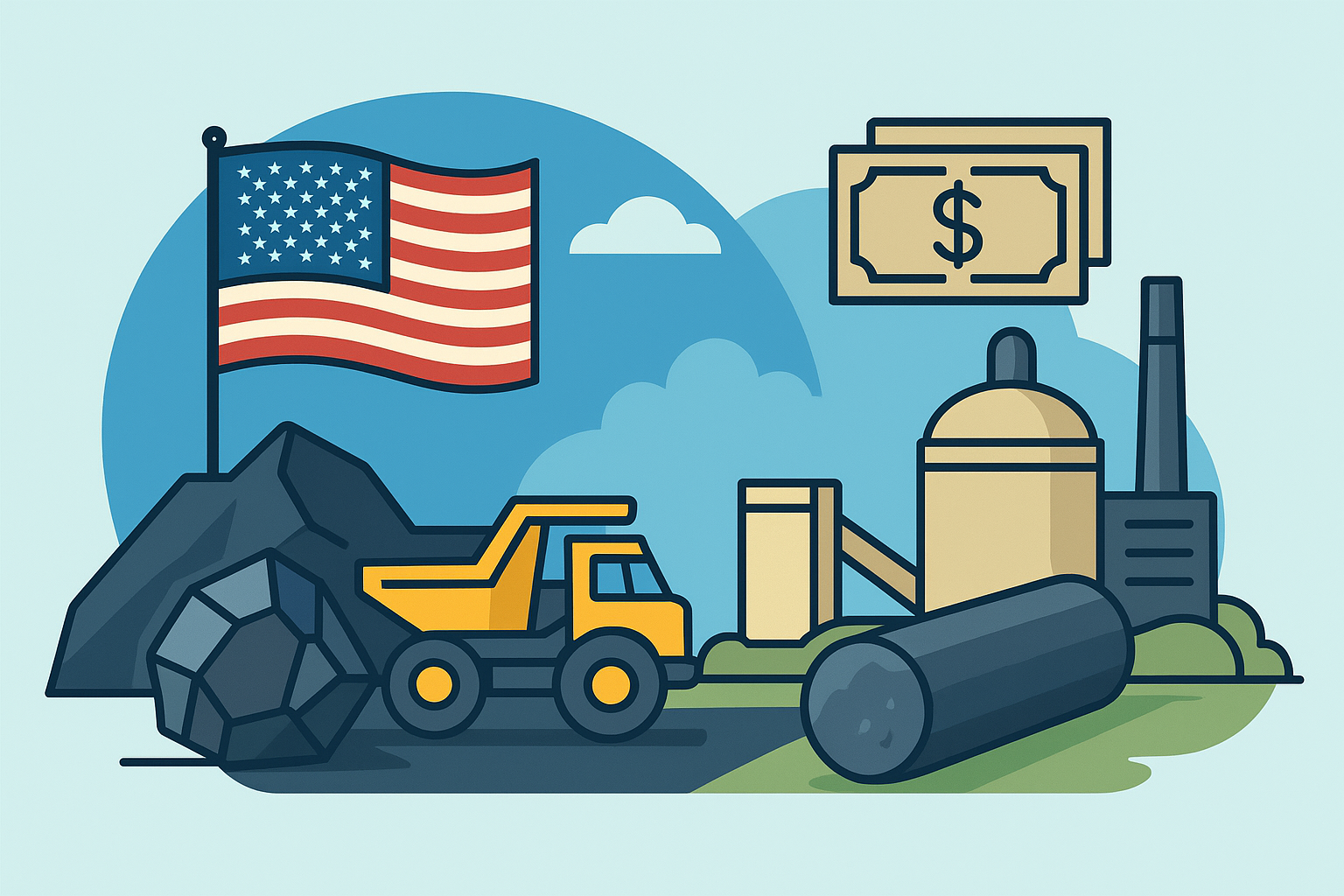Global supply chains are undergoing a seismic shift — and the graphite market is now at the epicenter. With China tightening its grip on exports of critical battery materials, North American producers are racing to fill the looming supply gap. Titan Mining’s bold move to launch graphite production at its Empire State Mines facility in New York marks a strategic inflection point for both the company and the U.S. energy metals landscape.
A Strategic Move in a Tightening Market
Titan Mining (TSX:TI) has announced plans to produce up to 40,000 tonnes of high-purity natural graphite annually, equivalent to nearly half of U.S. domestic demand. The company’s decision comes as China — the world’s dominant supplier of graphite anodes — imposes new export controls on refined graphite and related processing technology.
According to Energy News and Mining.com, Titan’s transition from zinc to graphite production at its Empire State Mines positions it as one of the few operational graphite producers on U.S. soil. This pivot not only diversifies its portfolio but also directly aligns with the Biden administration’s critical minerals strategy, which seeks to reduce dependence on foreign sources for electric vehicle (EV) and battery supply chains.
“Developing domestic sources of graphite is essential to achieving North American battery independence,” said an analyst from Reuters Commodities Desk, noting that Titan’s entry could act as a “pressure valve” for U.S. manufacturers facing rising graphite import prices.
Why This Matters for Investors
Graphite may not attract the same media spotlight as lithium or copper, but it’s a vital component in every EV battery — comprising up to 25% of a battery’s weight. The International Energy Agency (IEA) projects global demand for battery-grade graphite to grow fivefold by 2030, fueled by the EV boom and grid-scale energy storage projects.
For investors, Titan’s New York graphite operations represent a rare opportunity to gain exposure to a domestic graphite producer with near-term production potential. Unlike exploration-stage peers still in permitting or financing phases, Titan benefits from existing infrastructure and workforce at its Empire State site — significantly shortening its development timeline.
Market analysts suggest that if Titan can meet commercial purity standards (typically 99.95% Cg for EV-grade anode material), it could capture premium pricing and potential offtake agreements with North American battery manufacturers.
The Geopolitical Edge
China’s dominance in graphite processing — accounting for roughly 65% of global production and over 90% of anode material refining — gives it considerable influence over EV supply chains. When Beijing announced in early October that it would expand graphite export controls, prices jumped and several downstream battery firms reported sourcing delays.
Titan’s entry into production comes at a time when both Washington and Ottawa are channeling billions into critical minerals infrastructure. The U.S. Department of Energy has already earmarked more than $3 billion for domestic battery materials projects through the Bipartisan Infrastructure Law. Titan’s New York location could make it a prime candidate for federal or state-level grants and tax credits under the Inflation Reduction Act (IRA).
“This is the kind of project policymakers want to see — domestic, scalable, and strategically aligned,” commented a senior consultant from McKinsey’s Battery Value Chain Practice. “If Titan delivers, it could serve as a blueprint for future U.S. graphite ventures.”
Future Trends to Watch
Investors should monitor several key trends shaping the graphite sector in 2025 and beyond:
- EV and battery demand acceleration: As automakers ramp up EV production, graphite shortages could re-emerge as early as 2026, pushing spot prices higher.
- Recycling and synthetic alternatives: Innovations in synthetic graphite and battery recycling could diversify supply, though natural graphite remains cost-competitive.
- Policy-driven incentives: U.S. and Canadian funding programs could fast-track domestic projects, while tariffs or further export controls may pressure Chinese exports further.
- Vertical integration: Expect more partnerships between miners and downstream battery manufacturers seeking secure, traceable supply chains.
For Titan, success hinges on ramping production efficiently, achieving consistent purity, and managing capital expenditures amid a volatile commodities market.
Key Investment Insight
Titan Mining’s graphite expansion is more than a corporate pivot — it’s a strategic bet on North American resource independence. As China tightens exports, investors are increasingly seeking exposure to “Made-in-America” battery metals, positioning Titan to benefit from both geopolitical tailwinds and government incentives.
For investors tracking the energy transition supply chain, Titan’s progress could serve as a leading indicator of how North America plans to close its graphite gap. If production targets hold, the company may emerge as one of the most significant graphite producers in the Western Hemisphere.
Stay tuned with explorationstocks.com for daily investor insights on commodities, critical minerals, and emerging energy metal trends shaping tomorrow’s markets.






